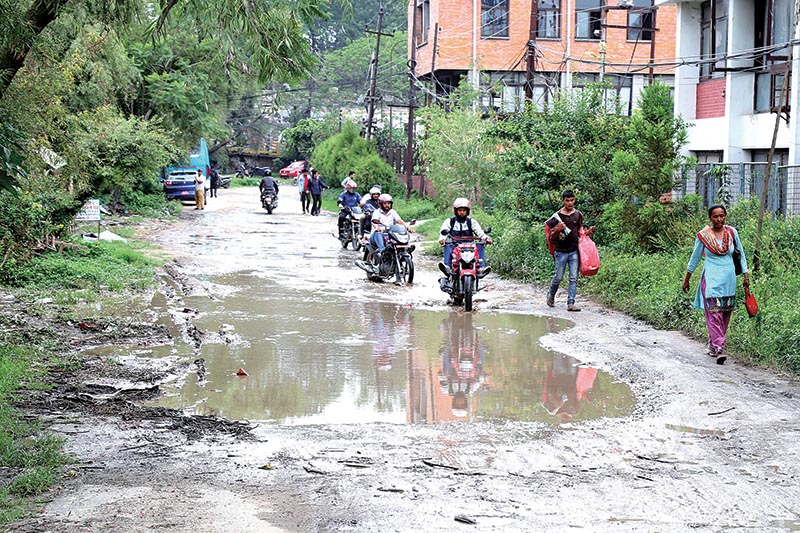Monsoon arrives in Nepal two days earlier
Kathmandu, June 8
The Meteorological Forecasting Division has officially declared the onset of monsoon in Nepal today, two days ahead of the normal date. This marks the arrival of the rainy season in the country.
Monsoon usually enters Nepal on June 10 and withdraws on September 23 every year. Last year, the country welcomed monsoon on June 12 after a delay of two days. “Monsoon has entered Nepal two days earlier from the eastern region of the country and is in the process of advancing towards the western region. It may take a few days for the active monsoon trough to spread across the country bringing plenty of rain,” read a special weather bulletin issued by the MFD.
Once monsoon enters from the eastern region, it makes progressive westward advancement to the remaining parts of the country over the next few days through the central region.
Monsoon lasts for an average of 105 days. Nepal receives an average of 80 per cent annual rainfall during the monsoon, which originates in the Bay of Bengal and moves along the southern flanks of the Himalayas. The average annual rainfall in Nepal is 1,600 mm, but it varies from place to place depending on climatic conditions.
The period between June and September is called southwest monsoon season. “As per the forecast of the 2018 South Asian Climate Outlook Forum in Pune of India, normal rainfall is most likely during monsoon over most parts of South Asia, including parts of Nepal,” the bulletin read. Countries under SASCOF — Afghanistan, Pakistan, India, Sri Lanka, Nepal, Bhutan, Myanmar and Maldives — share weather services with each other.
Currently, weak La Niña conditions are prevailing over the Pacific Ocean and there is a strong consensus among the experts about the possibility of La Niña conditions turning to ENSO neutral conditions during the beginning of southwest monsoon season. Some global models are also indicating a possibility of setting of El Niño conditions during the last part of the monsoon season or thereafter. Other regional and global factors can also influence the monsoon rainfall patterns over the region, according to SASCOF.






